News Shorts
Hello everyone,
Not every bit of news can fill a blog post, so today we thought we would group some of the more noteworthy (small) items to share with you.
For those that are unaware, Rich Hamilton project manages all our game series that are pre-twentieth century and I (David Freer) manage the twentieth century and beyond. With Rich having shared news on the Napoleonic and Civil War Battles titles recently, this post will focus on some of the 'modern' series.
New Manuals for Modern Campaigns
Tim Schoen has updated the Modern Campaigns User and MDC Manuals to the same standard as Panzer Campaigns. These are now included in all builds and the 4.03 patches on the WDS website.
The contents of the previous MDC manual are now included in the User manual and the MDC file is now a Quick Reference/Charts and Tables document.
You can click on the images below to go directly to the manuals and review or download them if required.
New Manuals for Squad Battles
Mark Bisson has been a driving force on the Squad Battles team and beyond creating content (see here) has been reviewing and enhancing the various game manuals. With the release in May of the first 4.01 series updates, the User and Getting Started manuals were updated to reflect the game changes. Mark is now reviewing all manuals to bring them all up to date and include new content. Now available is a proper map making manual and the first draft Summary Info/Charts and Tables document. Like the Panzer Campaigns and Modern Campaigns series the intention is to combine the User & SQB manuals into one and use the SQB slot for the Summary Info guide. You can expect that the User manual will be revised accordingly, and other editor manuals will follow.
You can click on the images below to go directly to the new Map Making manual and the draft Summary Info guide.
Next Squad Battles 4.01 title
Work is well advanced on the data and graphics needed to release Eagles Strike. The major additional work needed was US Army and US Airborne graphics as the German graphics from the Eastern Front titles were already available. Keep in mind that every order of battle must be reviewed and revised to use the new graphics as does much of the data. That said, we are making good progress, and the US forces will be usable in the Pacific titles. Hopefully, we can get this upgrade to you soon.
Panzer Campaigns Updates and Releases
We have updated all the Panzer Campaigns/Modern Campaigns/First World War Campaigns 4.03 patches as of August. The primary reason was to fix a bug where the AI was not triggering wired bridges. This only impacted a small number of titles. In addition, any reported data, or bugs since the initial 4.03 release in March have been corrected. Do check the applicable changelogs for a title on our support page to see if your reported issue is resolved.
Orel ’43 is just finishing up in testing and final documentation is being written. All going well, I would save your spare change for October.
There are two more Eastern Front titles about to go into testing, so there is quite a pipeline building. We will announce these soon, but we promise we are not just focused on all things in the Soviet Union.
Panzer Battles Moscow
We continue to creep forward with Panzer Battles Moscow. We are looking at splitting this into two titles, Moscow – Typhoon and Moscow – Counterattack. We have so much content it warrants the change. I wrote the following description on the WDS forum back in April:
The map is getting expanded again (east of Rzhev) which will allow us to handle the battles properly in that area and potentially do an Operation Mars game sometime in the future.
How we split the two titles up is yet to be determined, but expect one to be focused on 1941 primarily, at least Typhoon and possibly include December, and the other on 1942 and the bulk of the Soviet counterattack.
Nothing else to share publicly beyond the above for the moment.
Strategic War Enhancements
Strategic War is a great game engine and one of the few that allows a reasonably large scenario to be played in an evening. The problem has been that it has been more of a ‘battle’ rather than a ‘campaign’ engine and essentially not being very strategic in nature. In line with some work on new titles, we have started implementing a first round of improvements to the game engine. Here are a few examples:
Many of the game’s values were hard-coded. For example, the unit effectiveness recovery rate was fixed in the game exe and this prevented scaling values based upon turn length. This has now been moved into the PDT and is able to be changed based upon the scenario. There are a range of other values that will be ‘unfixed’ and made editable.
Zones of control are now dependent on the number of defend points a unit/hex has. Currently all units exert a zone of control. This allows many small units to block significant movement, or at a minimum require the unit to be attacked, hindering the attacker. There is now a PDT value for ‘No ZOC Threshold’ i.e., the defend value that a ZOC does not exist. Currently, in-game we plan to set this to one, implying that units that are one or zero defend points do not exert a ZOC. In games terms, one defend point equates to a regiment and that gels with a division (three regiments) having a ZOC.
Port suppression now impacts both embarking and disembarking forces. Previously it was only embarking forces.
Replacements. There is a very comprehensive (and fiddly) replacement system currently in Strategic War. It has only been used in one scenario (Norway in the First Blitzkrieg) but allows players to replenish or rebuild units. We have reviewed the current system and added a ‘Simplified Replacement’ system. This allows replacements by country in four major categories: infantry, armor, artillery, and air. Each unit type falls into one of these categories and can accept the applicable replacements.
Below you can see that there is one eligible unit for Greek armor replacements. The -4 at the end is the value below full strength, i.e., this unit can take four replacements.
In addition, air replacements are included for the first-time allowing air units to recover.
Enhancing this area will allow us to create a pseudo production system where cadre units arrive in the reinforcement schedule and players can choose to fill them out or add them to existing on-map units.
Headquarters. Currently headquarters are optional in game. Essentially, they determine whether a unit is in command or detached. Detached units have halved movement and attack values as well as half the effectiveness recovery and cannot take replacements. This is a good series of rules, but we have decided to enhance them further. We have created two types of headquarters (normal and mechanized) to reflect the differences between for example, armor and infantry HQs. These can have different movement and command radius.
More importantly, we are adding code to allow Headquarter Activation.
What does that mean? Headquarter can now be active or inactive. If active, all units in range of the HQ operates normally. If a HQ is inactive, any units in range are considered semi-detached, i.e., there movement and attack values are halved, but they recover effectiveness and can take on replacements normally. Units that are out of range of any HQ have all the normal detached rules.
Importantly, the number of headquarter activations can change from turn to turn and can even be saved for future turns. For example, let’s say we were simulating Operation Barbarossa and the Germans and Russians had ten headquarters each, the Germans might receive ten HQ activations per turn in June 1941, while the Russians only received one. In the December 1941 turns, it might be the reverse with the Russians receiving many more than the Germans to reflect the Soviet winter offensive. Either side could choose not to activate all their HQs, saving the points for later, but that comes with pros and cons. Ultimately, this would create offensives and quiet sectors of the front and areas to refit units, rather than the current move every unit, every turn. You can expect HQ command ranges to be reviewed and probably reduced so that the impact is more apparent.
The image below (from left to right), shows an inactive HQ, Active HQ and a semi detached unit. The semi-detached unit would be in command range of an inactive HQ. We are still looking at the terminology, but hopefully you get the general idea.
These are a few examples of the first tranche of changes we are looking at for the Strategic War series and we believe it will give us a lot more flexibility on what we can do with both existing and planned titles (yes, we are working on some!). We are yet to test them in depth, so please consider the above as all work in progress.
Today's News Shorts are just a selection of some of the items we are currently working on in the various 'modern' series. There is always something going on and we will share more as things progress.
Till next time!


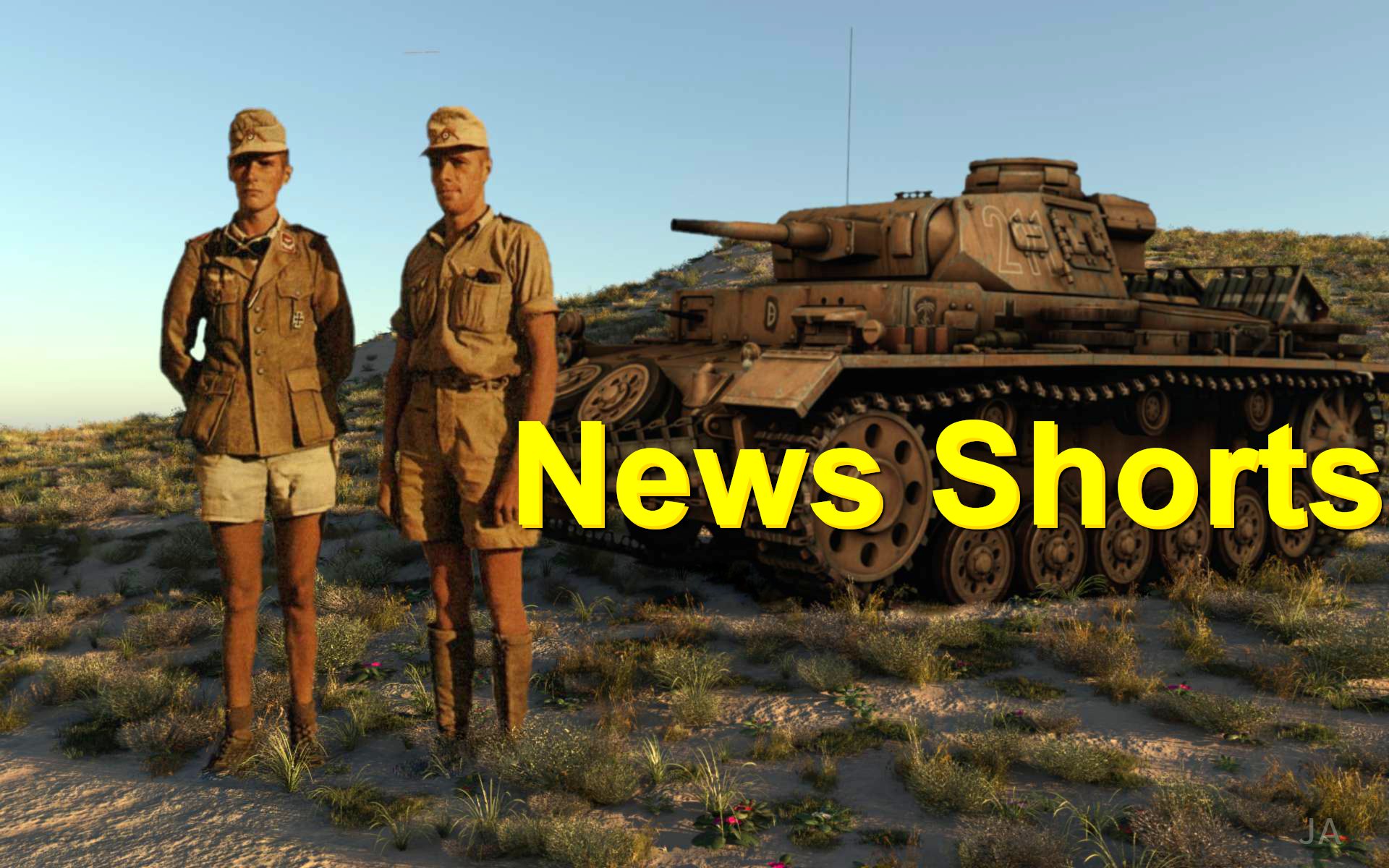
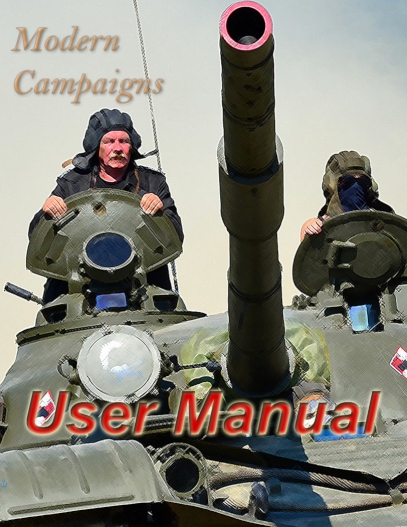
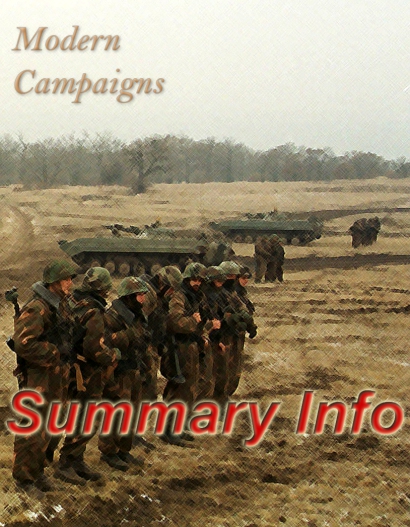
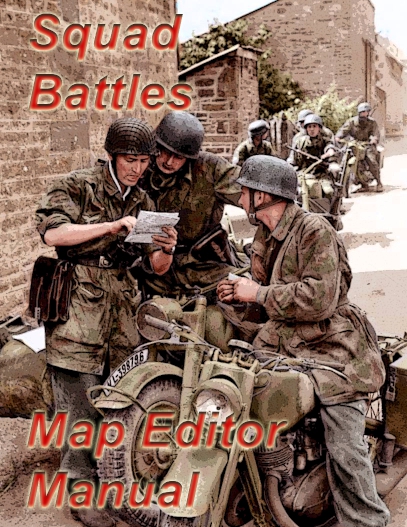
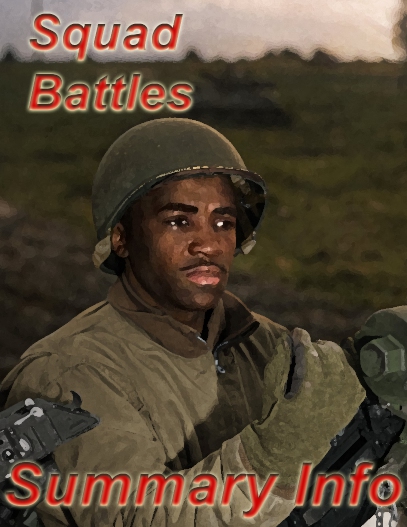
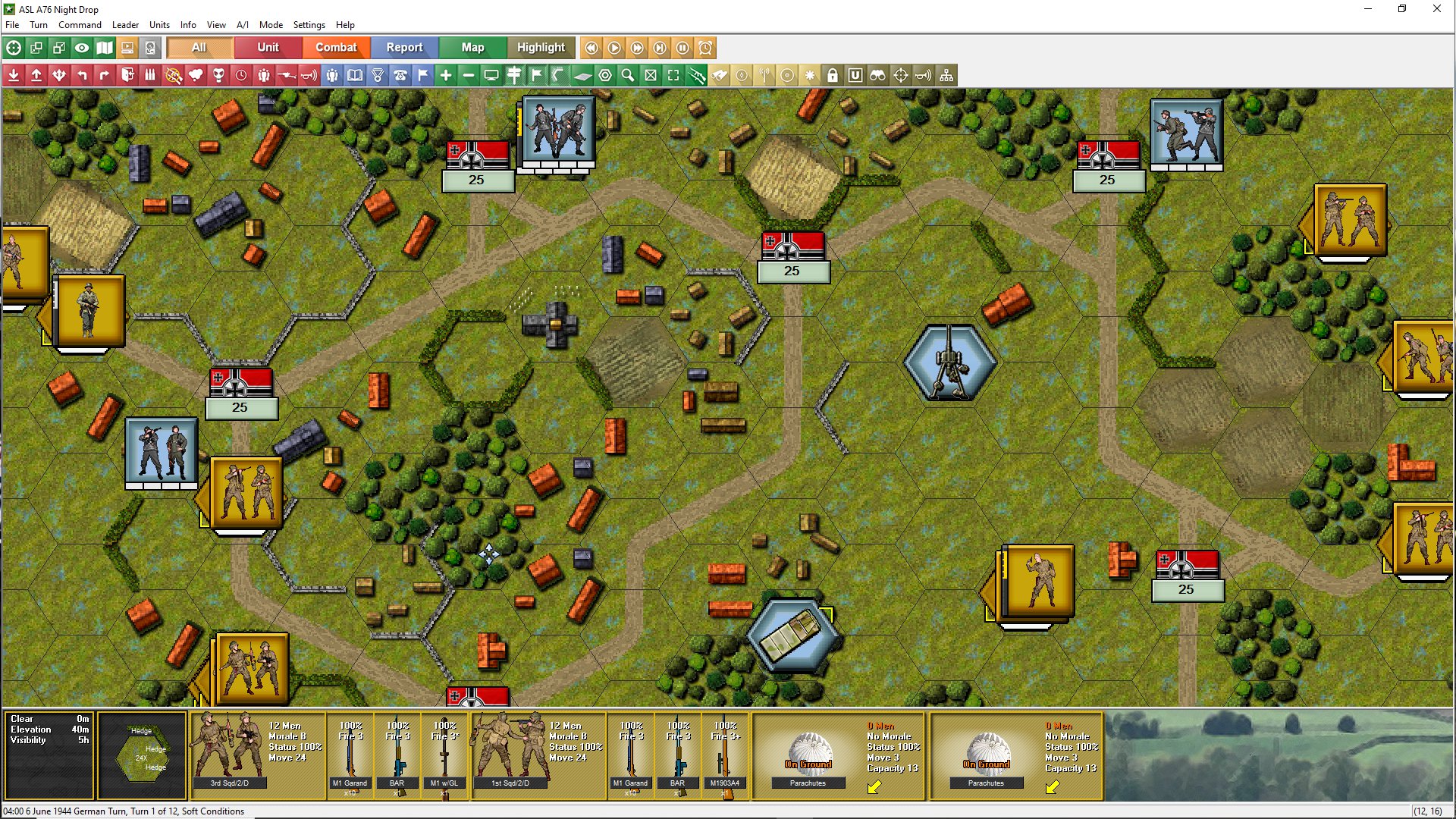
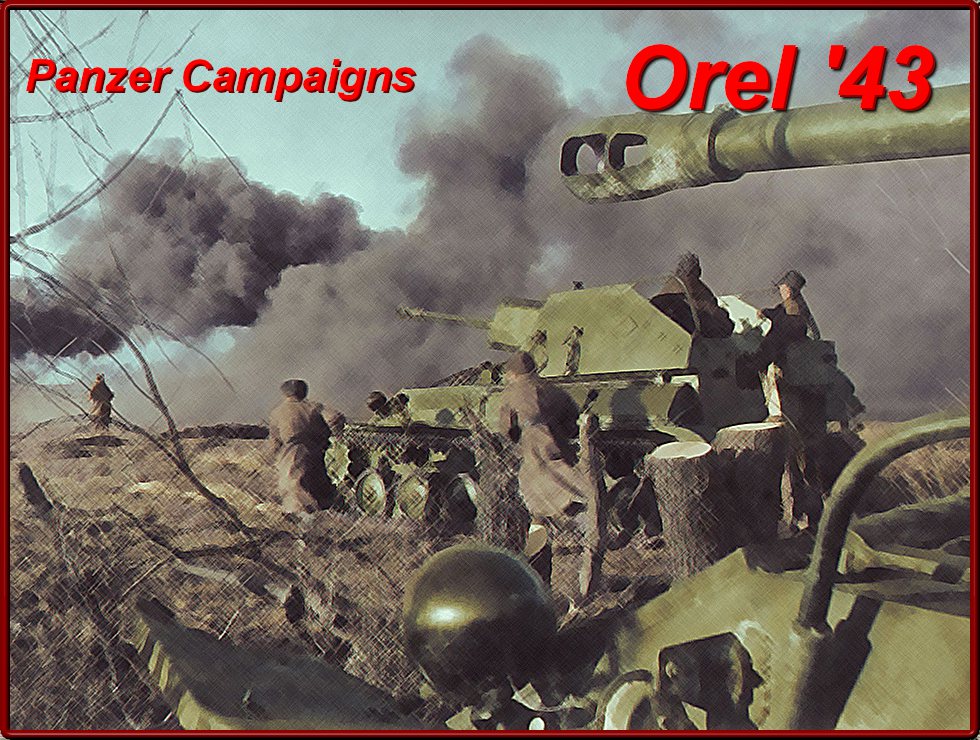
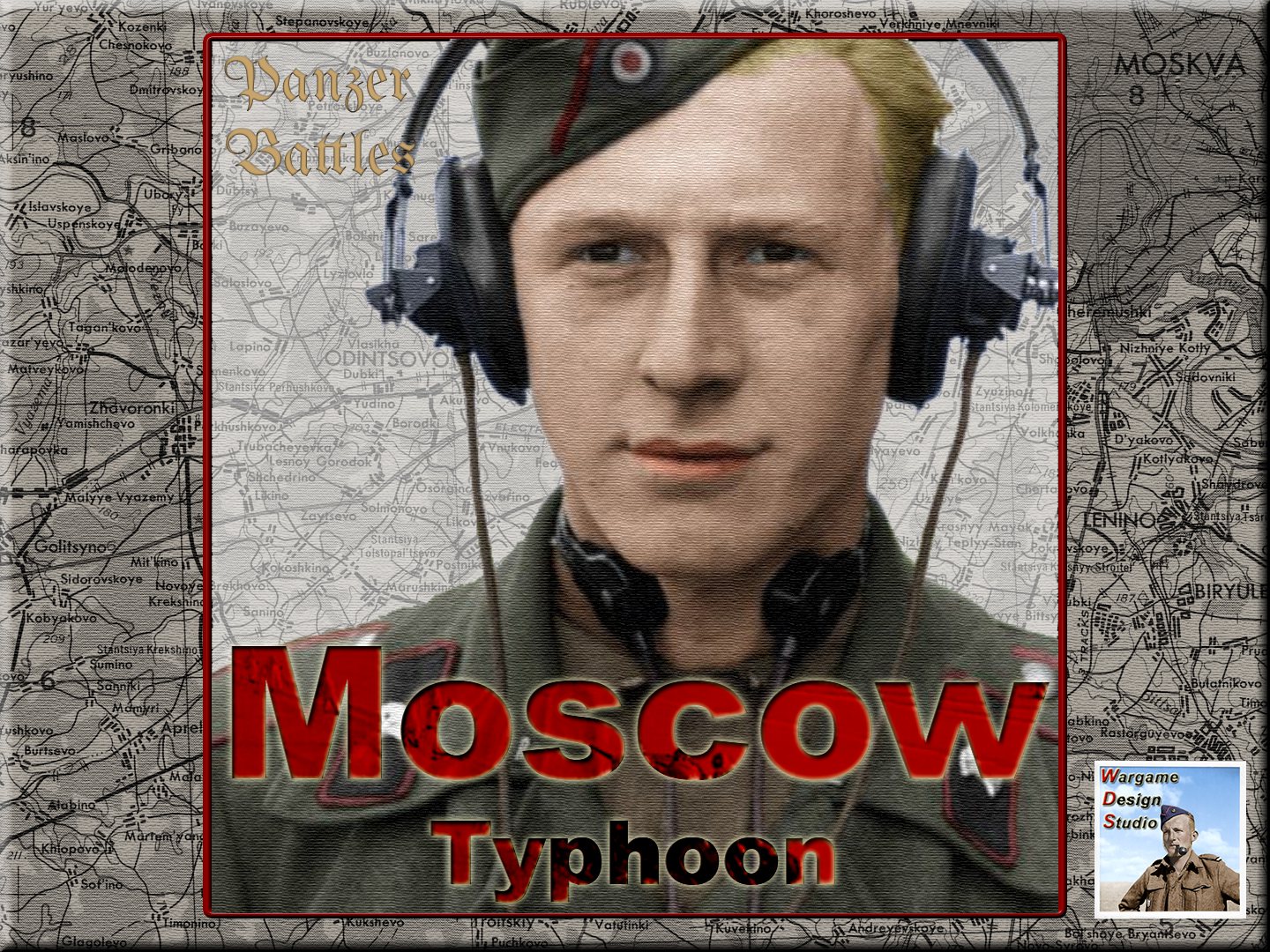
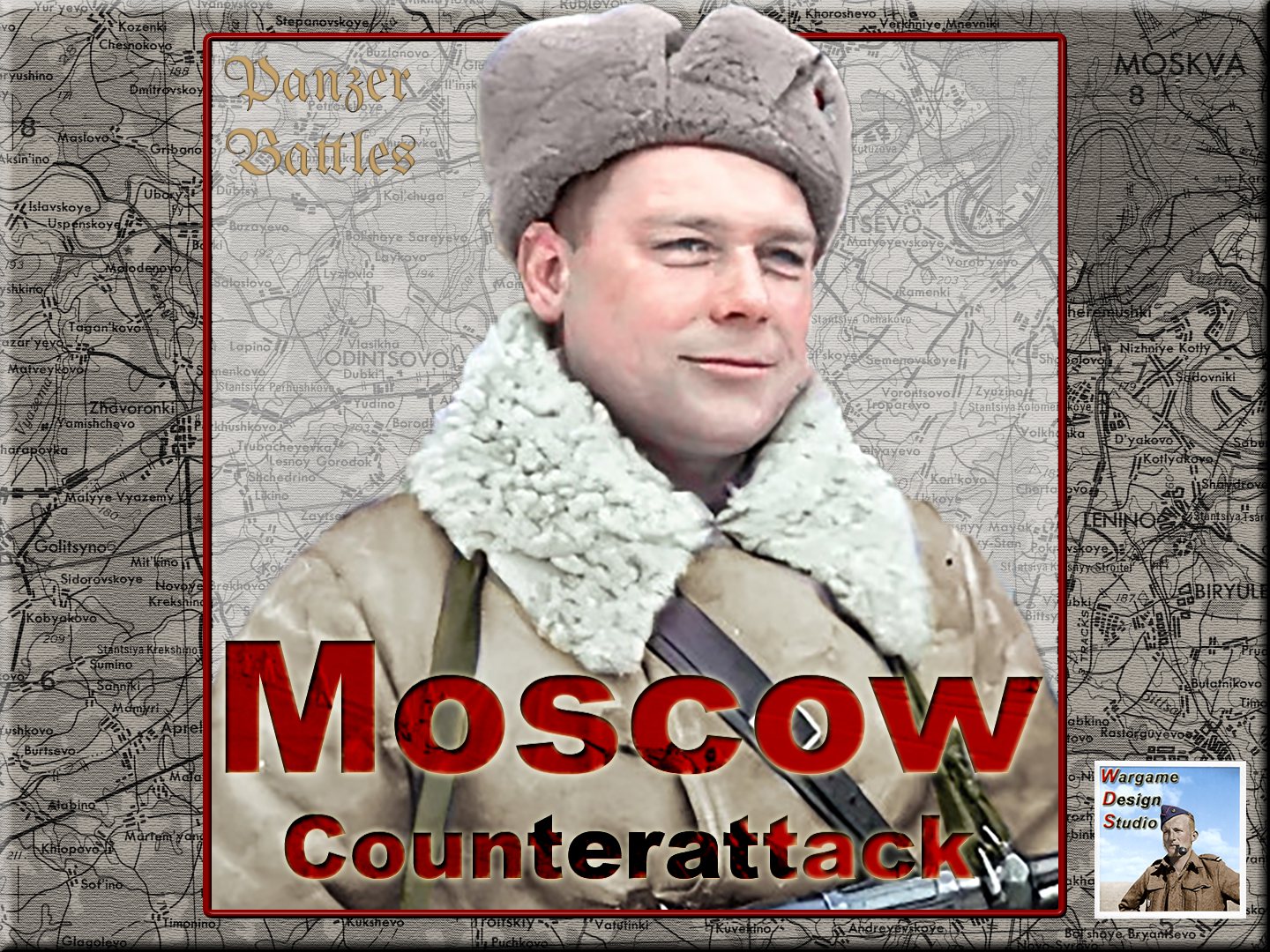
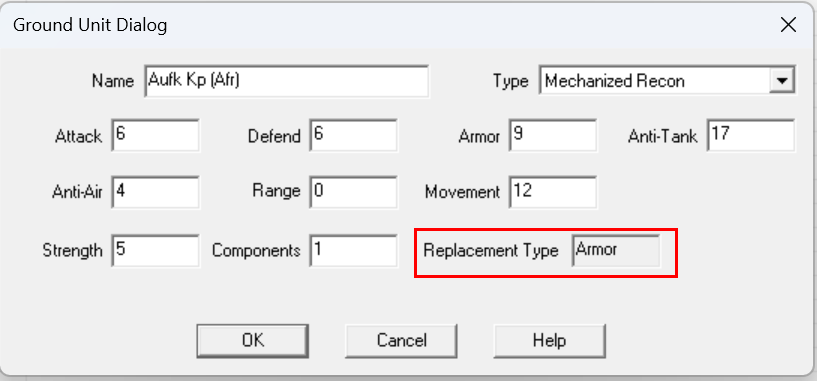

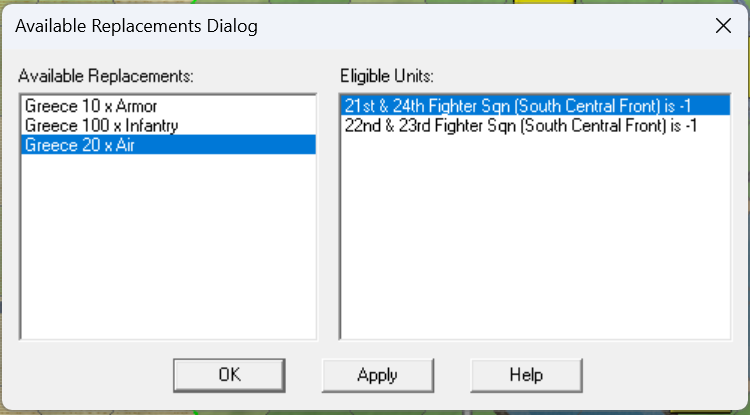



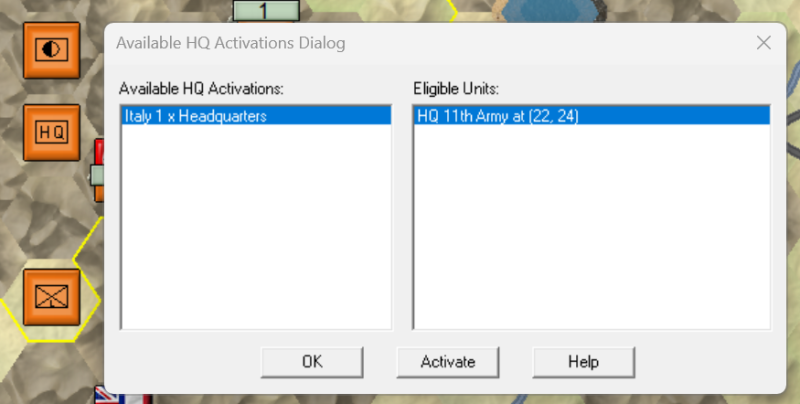




I heard there was a proper campaign game, like the old days – start in an early scenario as perhaps a corporal and work your way up. Is this correct or am I misremembering from the 90’s? Thank you.
Glad to see the updates to the Strategic War series.
“Zones of control are now dependent on the number of defend points a unit/hex has.”
Would be nice to see this in other series as well. For instance in the ACW series, a unit of 50 men should not project a hard ZOC like other units. A Weak ZOC, as in many board games, should be considered. I laugh when I see a 10 man battalion counter projecting a ZOC in any of the series. I can understand how units passing it would draw fire but it should not stop their movement.
I have to admit that I misread the title. I spotted the two Afrika Korps guys, saw “New Shorts” … and thought “man, nice wordplay”. Anyways, awesome content, I’m already drooling and waiting for the Xmas sales.
You guys do what makes retirement a joy!
Leave a comment